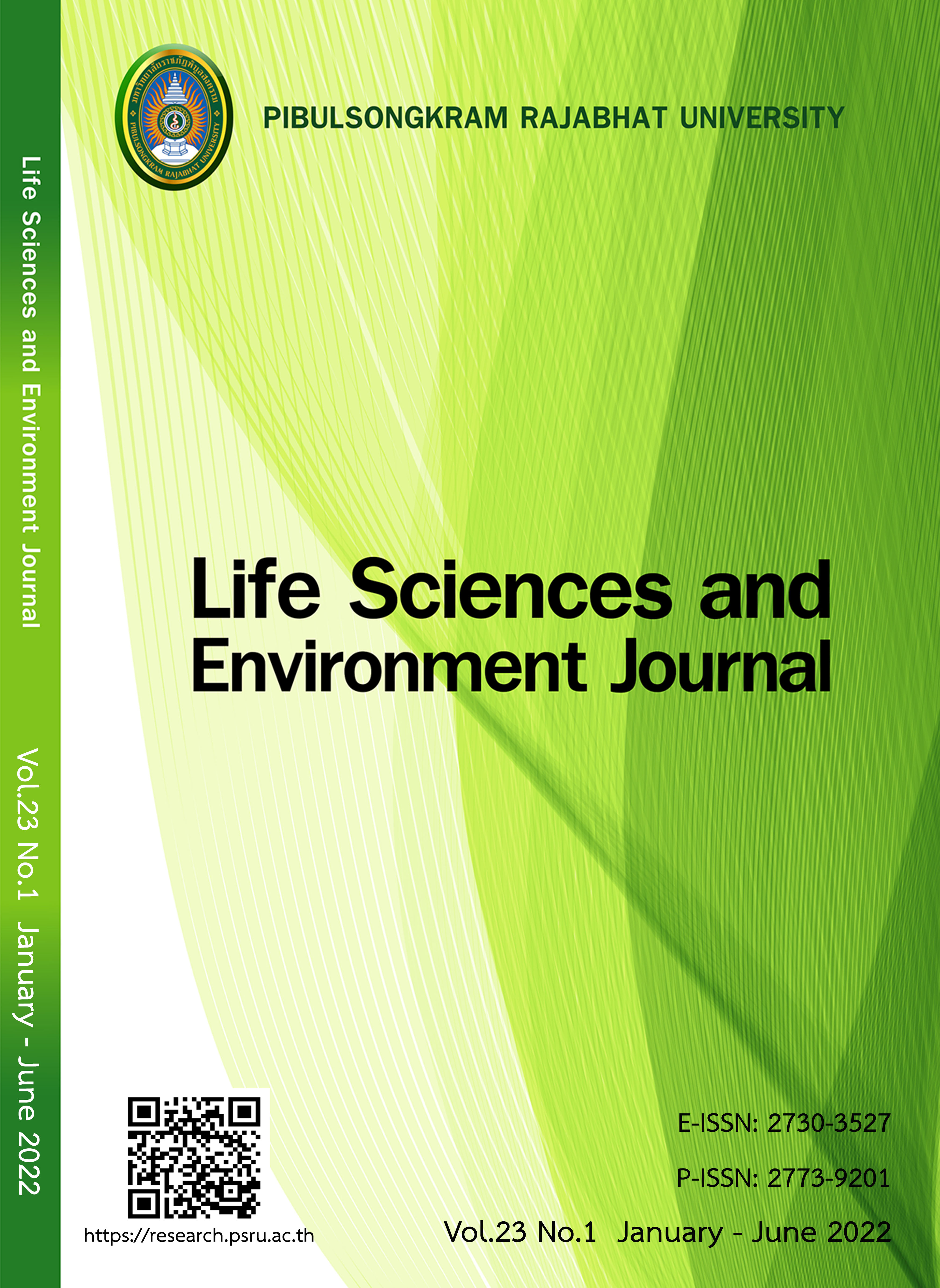DEVELOPMENT OF HIGH-ALUMINA CERAMICS FOR THE WATER FILTER INDUSTRY
DOI:
https://doi.org/10.14456/lsej.2022.18Keywords:
Ceramic water filter, High-alumina, Water absorptionAbstract
The purposes of this study were 1) to test the high-alumina ceramics and 2) to test the production of water filter from ceramic high-alumina type to meet the standards. There are two methods of conducting research: Step 1: the test of high-alumina ceramics for suitable water filter using 45 mixture samples of kaolin, alumina and dolomite with the firing temperature of 1200, 1225, 1250, 1275 and 1300 degrees Celsius respectively. Analysis of properties for water absorption, shrinkage and strength. Step 2: test the production of ceramic water filter from the qualifying ingredients, the suitable formula is formula 16 fired at 1225 degrees Celsius. The results showed that 1) percentage of water absorption after firing formula 7 with 1200 degrees Celsius, it has the highest water absorption values at 43.88% and formula 29 with 1300 degrees Celsius, it has the lowest water absorption value at 20.47%. The shrinkage after firing of formula 29 with 1300 degrees Celsius, it has the highest shrinkage values at 8.25 %. The formula 36 with 1300 degrees Celsius, it has the highest shrinkage at 0.12%. The firing strength for formula 29 with 1300 degrees Celsius, it has the highest strengths at 472.54 kg/cm2 and formula 36 with 1200 degrees Celsius, it has the lowest strength at 29.85 kg/cm2 2) Water filtration test, it was found that the three-layer filter was resistant to water pressure at 70kg/cm2 without any damage. The water flow rate at 30 kg/cm2 has mean value of 31.52 l/h, and the pH value of filtered water was 8.73. Total dissolved solid content was 141.4 mg/l Total hardness was calculated as calcium carbonate 75.6 mg/l. Chloride was calculated as chlorine 16.14 mg /l. Nitrate was calculated as nitrogen 0.12 mg/l. No-iron was found. Lead was found less than 0.01 mg/l. Coliforms was found more than 23 per 100 ml. E. coli was not found. Salmonella spp and S.aureus were not found.
References
Andrew I. Andrews. Ceramic tests and calculations. New York; Braunwonth and co., Inc; 1928.
Deutou NJG, Beda T, Biesuz M. Design and characterization of porous mullite based semi-vitrified ceramics. Ceramics International 2018;44(7):7939-7948.
Ministry of Industry. Standardized industrial product 1420-2551. 2008. Available at: http://www.fio.co.th/ web/tisi_fio/fulltext/TIS1420-2551.pdf. Accessed March 2, 2021.
Office of Food Quality and Safety, Department of medical science, ministry of public health. Manual for standard drinking water of Thailand, Nonthaburi: Agriculture and cooperative association of Thailand Ltd. 2019. Available at: http://bqsf.dmsc.moph.go.th/bqsfWeb/wp-content/uploads /2017/Publish/e-book/water_handbook.pdf. Accessed March 24, 2021.
Pattana N. Raw materials for ceramics. PibulsongKram Rajabhat Institute, 2006.
Pattana N. Ceramic bodies for traditional ceramics-pottery. Pibulsongkram Rajabhat University, 2020.
Phrompruk T. Introduction to ceramics: Bangkok, Odean Store; 1980.
Watthanasiriwet D, Watthanasiriwet S. An analysis of coating ore and defects of ceramic products. Bangkok: Chulalongkorn University Publication; 2009.
Downloads
Published
How to Cite
Issue
Section
License
Copyright (c) 2022 Life Sciences and Environment Journal

This work is licensed under a Creative Commons Attribution-NonCommercial-NoDerivatives 4.0 International License.
Each article is copyrighted © by its author(s) and is published under license from the author(s).










